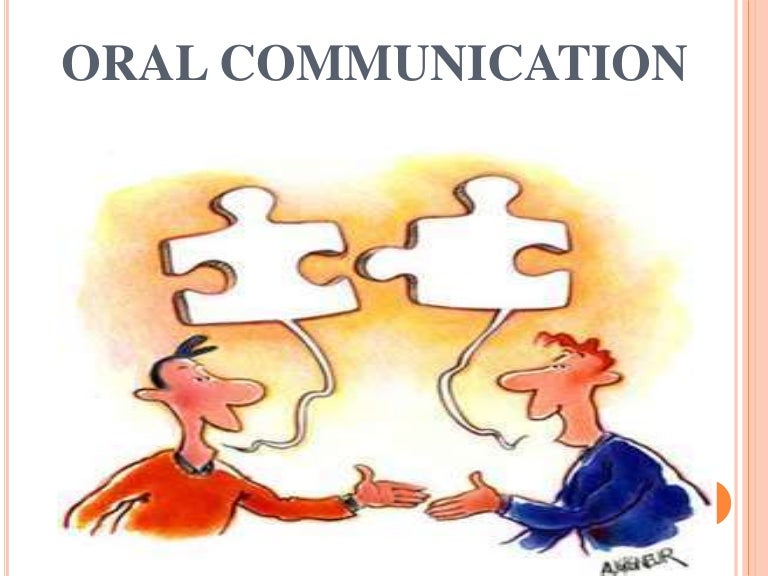
PHYSICAL EDUCATION
Core Subject Description: Physical Education and Health offers experiential learning for learners to adopt an active life for fitness and lifelong health. The knowledge, skills
and understanding which include physical and health literacy competencies support them in accessing, synthesizing and evaluating information; making informed decisions;
enhancing and advocating their own as well as others’ fitness and health.
This course on exercise for fitness enables the learner to set goals , monitor one’s participation in aerobic and muscle- and bone-strengthening activities and constantly
evaluate how well one has integrated this into one’s personal lifestyle. It consists of an array of offerings which learners can choose from.
CONTENT:
Health-optimizing P.E.
(H.O.P.E.) 1
Exercise for Fitness
a. Aerobic activities
b.Muscle- and bone
strengthening
activities (resistance
training)





